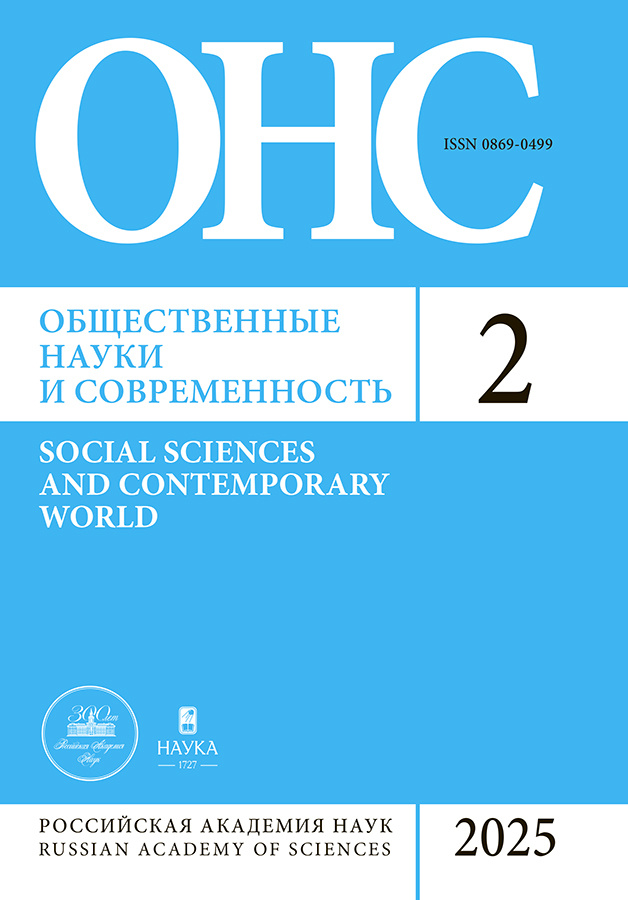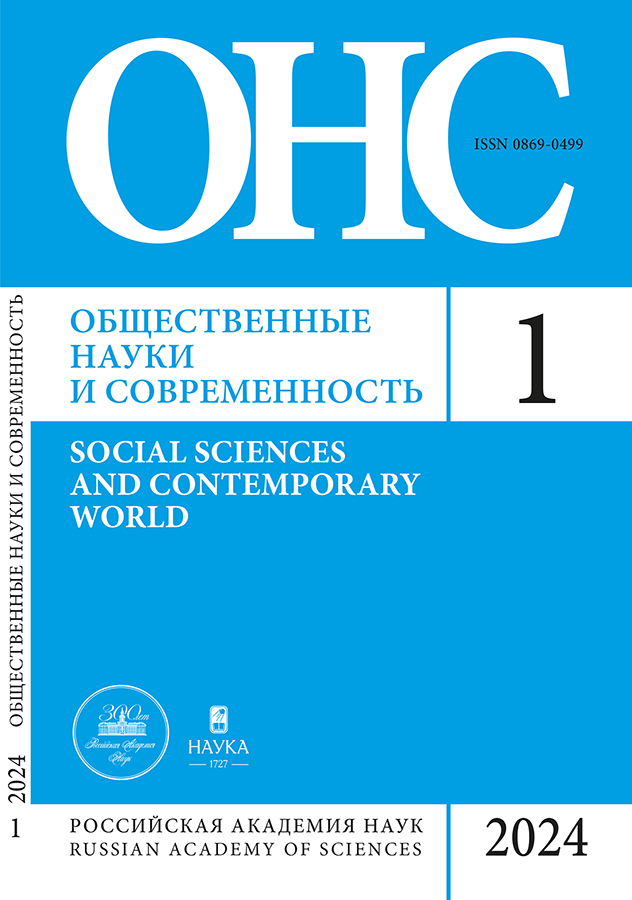Shia paramilitary groups as an instrument of Iranian influence in Iraq
- Authors: Krylov G.L.1
-
Affiliations:
- Institute of Oriental Studies of the Russian Academy of Sciences
- Issue: No 1 (2024)
- Pages: 120-131
- Section: The rostrum of a young scientist
- URL: https://permmedjournal.ru/0869-0499/article/view/676291
- DOI: https://doi.org/10.31857/S0869049924010097
- EDN: https://elibrary.ru/RPECEV
- ID: 676291
Cite item
Abstract
Characteristic features of the pro-Iranian Shiite armed groups, which act as influential non-state actors (NGA) in the main spheres of activity of the Iraqi state, are studied. Methodological developments obtained as a result of research on the NGA problem are used. V.V. Naumkin and V.A. Kuznetsov note the existence of a stable academic tradition of a state-centered approach to the problem of their typologization. This approach is based on the fact that an NGA defines and builds its actions, focusing to one degree or another on the state. Such formations have a political wing and a bureaucratic apparatus for participating in the life of the state not only as alternative to the army and police law enforcement agencies. They also play the role of parliamentary forces and economic actors, including those active in the shadow sector of the economy. Created at one time with the active participation of the Iranian special services, Shiite paramilitary groups have become an effective instrument of Iran’s influence in the country. The strengthening of their influence on the government of Iraq is noted. It is manifested in the transition from opposition to the pro-American Prime Minister M. al-Kazimi (2020–2022) to a kind of «symphony» of harmony and cooperation under his pro-Iranian successor M. al-Sudani. This factor affects not only the domestic political situation, but also the regional balance of power in the Middle East.
Full Text
About the authors
German L. Krylov
Institute of Oriental Studies of the Russian Academy of Sciences
Author for correspondence.
Email: german_krylov@mail.ru
ORCID iD: 0000-0002-5838-6298
PhD student, Center of Arabic and Islamic Studies
Russian Federation, 107031, Москва, ул. Рождественка, д. 12References
- Mamedov R.Sh. (2023) Irak v nachale XXI veka: na puti k novoi gosudarstvennosti [Iraq in the Beginning of the XXIth Century: Towards the New Statehood]. Moscow: Institut vostokovedeniya RAN. 256 p. (In Russ.).
- Mamedov R.Sh. (2017) Negosudarstvennye voorujennye formirovaniya v siriysko-irakskoi konfliktnoy zone [Non-state armed formations in the Syrian-Iraqi conflict zone]. In: Greater Middle East in the world economy and politics. World development. № 18. Moscow: IMEMO. Pp. 27–32. (In Russ.).
- Miniazhetdinov I.Kh. (2015) «Balkanizatsiya Iraka»: factory vosproizvodstva I rasprostraneniya politicheskogo nasiliya [«Balkanization of Iraq»: the Factors of Regeneration and Spread of Political Violence]. In: Konflikty I voyny XXI veka (Blizhniy Vostok I Severnaya Afrika). Moscow: Institut vostokovedeniya RAN. Pp. 249–276. (In Russ.).
- Krylov G.L. (2021) «Sily narodnoy mobilizatsii» («Quwwat al-hashd as-shaabi») [Popular Mobilization Forces (Quwwat al-Hashd ash-Shaabi) as a Factor Influencing Security and Political Situation in Iraq after 2014]. Obshchestvennye nauki I sovremennost. No. 2. Pp. 126–143. (In Russ.). doi: 10.31857/S086904990014439-4
- Krylov G.L. (2022) Osnovnye osobennosti «sadristskogo techeniya» («at-tayyar as-sadri») kak uchastnika politicheskogo protsessa v sovremennom Irake [The Key Features of the Sadrist Movement («At-Tayyar As-Sadri») as a Player in the Political Process in Present-Day Iraq]. Novaya I noveishaya istoriya, no. 1, pp. 179–193 (In Russ.). doi: 10.31857/S013038640015337-8
- Lazovskiy S.O. (2020) Ekonomicheskaya situatsiya v Irane v usloviyakh amerikanskikh sanktsiy [Iran’s Economic Situation under US Sanctions]. In: Analiz I prognoz. Jurnal IMEMO RAN. No. 1. Pp. 90–93. doi: 10.20542/afij-2020-1-81-93
- Pur M. (2010) Islamskoye pravo [The Islamic Law]. Moscow: Istok. 305 p. (In Russ.).
- Baram A. (2011) Sadr the Father, Sadr the Son, the «Revolution in Shi’ism», and the Struggle for Power in the Hawza of Najaf // In: Iraq Between Occupations: Perspectives from 1920 to the Present. New York: Palgrave Macmillan. Pp. 143–157.
- Hashim A.S. (2006) Insurgency and Counter Insurgency in Iraq. Ithaca, New York: Cornell University Press. 518 p.
Supplementary files











